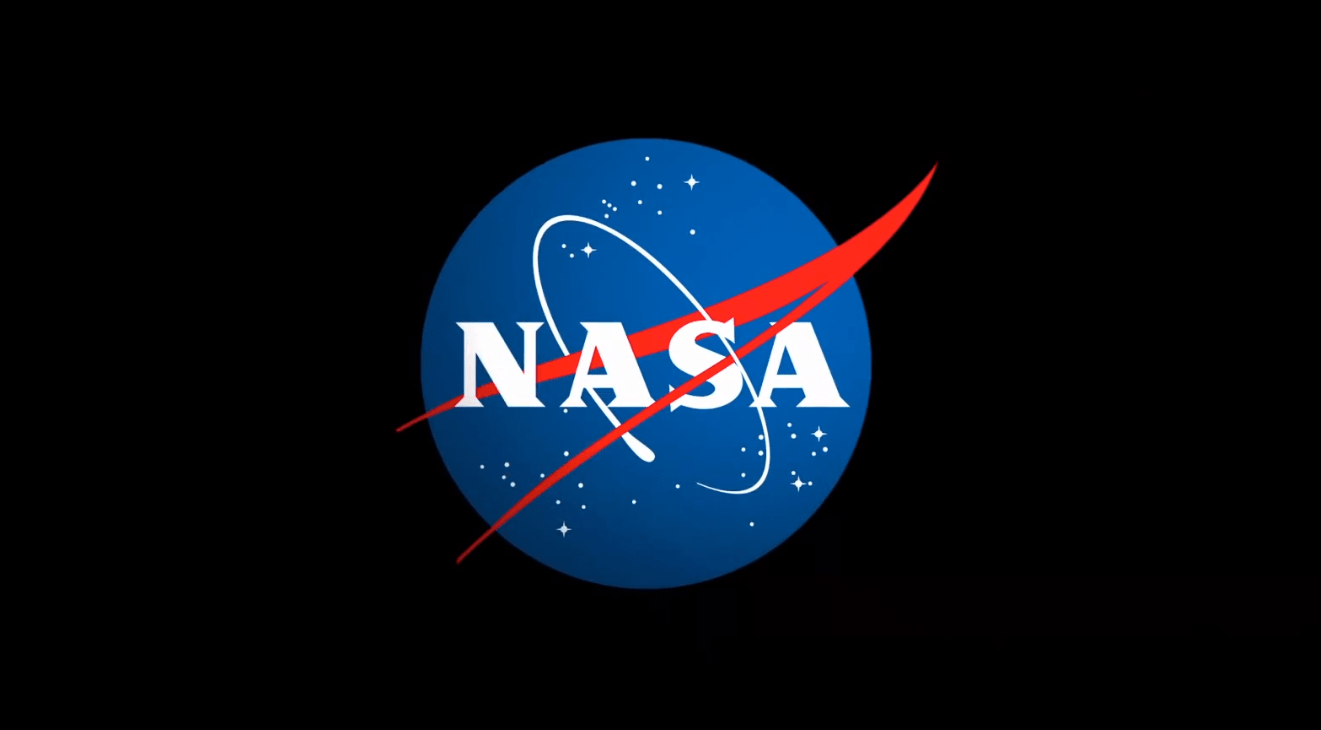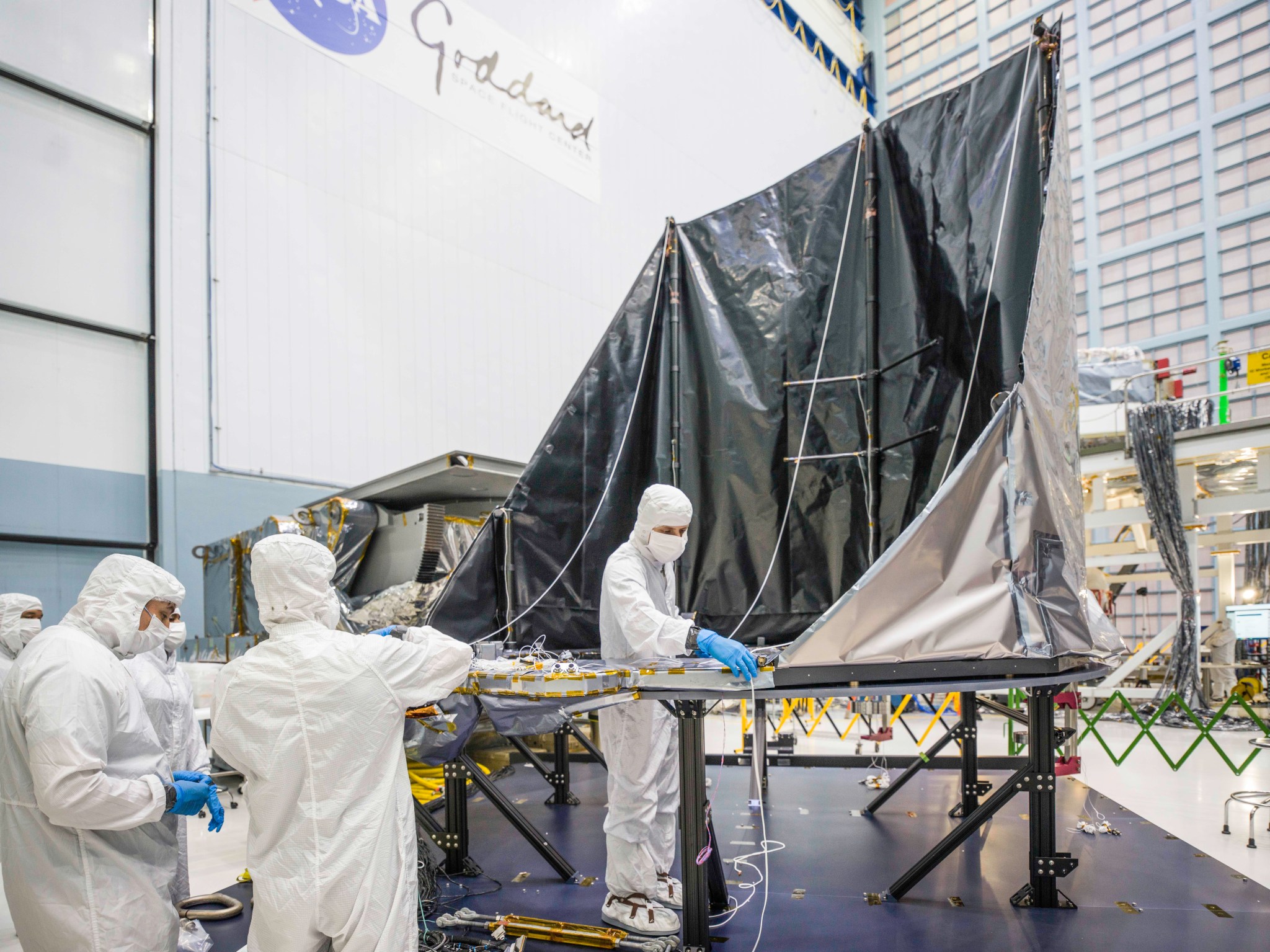5 min read NASA’s EXCITE Mission Prepared for Scientific Balloon Flight Scientists and engineers are ready to fly an infrared mission called EXCITE (EXoplanet Climate Infrared TElescope) to the edge of space. EXCITE is designed to study atmospheres around exoplanets, or worlds beyond our solar system, during circumpolar long-duration scientific balloon flights. But first, it must complete a test flight during NASA’s fall 2024 scientific ballooning campaign from Fort Sumner, New Mexico. “EXCITE can give us a three-dimensional picture of a planet’s atmosphere and temperature by collecting data the whole time the world orbits…
Read MoreTag: Goddard Space Flight Center
Hubble Rings in a New Galactic View
This NASA/ESA Hubble Space Telescope image reveals the galaxy LEDA 857074. ESA/Hubble & NASA, I. Chilingari The subject of this NASA/ESA Hubble Space Telescope image is situated in the Perseus Cluster, also known as Abell 426, 320 million light-years from Earth. It’s a barred spiral galaxy known as MCG+07-07-072, seen here among a number of photobombing stars that are much closer to Earth than it is. MCG+07-07-072 has quite an unusual shape for a spiral galaxy, with thin arms emerging from the ends of its barred core to draw a near-circle around its…
Read MoreNASA Funds Research Projects Advancing STEM Career Development
Credit: NASA NASA has awarded $6 million to 20 teams from emerging research institutions across the United States supporting projects that offer career development opportunities for science, technology, engineering, and mathematics (STEM) students. This is the third round of seed funding awarded through the agency’s MOSAICS (Mentoring and Opportunities in STEM with Academic Institutions for Community Success) program, formerly the Science Mission Directorate Bridge Program. The program seeks to expand access to NASA research opportunities in the science and engineering disciplines, as well as to NASA’s workforce. “The STEM workforce continues…
Read MoreRegina Caputo Charts the Future of High-Energy Astrophysics
Research astrophysicist Regina Caputo puzzles out how the universe works by studying the most extreme events in the cosmos. Name: Regina CaputoTitle: Research Astrophysicist Organization: Astroparticle Physics Laboratory (Code 661) Regina Caputo is a research astrophysicist at NASA’s Goddard Space Flight Center in Greenbelt, Md. She focuses on technology development and support for gamma-ray telescopes. Photo credit: NASA/David Friedlander What do you do and what is most interesting about your role here at Goddard? I’m a research astrophysicist in the particle astrophysics lab at Goddard. I’m really interested in the most…
Read MoreNASA to Launch 8 Scientific Balloons From New Mexico
4 min read Preparations for Next Moonwalk Simulations Underway (and Underwater) A scientific balloon is inflated for the Salter Test Flight before being released during NASA’s 2023 fall balloon campaign. The test flight returns for the 2024 campaign in Fort Sumner, New Mexico, carrying several smaller payloads. NASA/Andrew Hynous NASA’s Scientific Balloon Program has kicked off its annual fall balloon campaign at the agency’s balloon launch facility in Fort Sumner, New Mexico. Eight balloon flights carrying scientific experiments and technology demonstrations are scheduled to launch from mid-August through mid-October. The…
Read MoreNASA Tests Deployment of Roman Space Telescope’s ‘Visor’
In this clip, engineers are testing the the Nancy Grace Roman Space Telescope’s Deployable Aperture Cover. This component is responsible for keeping light out of the telescope barrel. It will be deployed once in orbit using a soft material attached to support booms and remains in this position throughout the observatory’s lifetime. Credit: NASA’s Goddard Space Flight Center The “visor” for NASA’s Nancy Grace Roman Space Telescope recently completed several environmental tests simulating the conditions it will experience during launch and in space. Called the Deployable Aperture Cover, this large…
Read MoreHubble Spotlights a Supernova
2 min read Hubble Spotlights a Supernova This NASA/ESA Hubble Space Telescope image reveals the galaxy LEDA 857074. Credit: ESA/Hubble & NASA, R. J. Foley This NASA/ESA Hubble Space Telescope image features the galaxy LEDA 857074, located in the constellation Eridanus. LEDA 857074 is a barred spiral galaxy, with partially broken spiral arms. The image also captured a supernova, named SN 2022ADQZ, shining brightly on the right side of the galaxy’s bar. Several evolutionary paths can lead to a supernova explosion. One is the death of a supermassive star. When…
Read MoreNASA Optical Navigation Tech Could Streamline Planetary Exploration
5 Min Read NASA Optical Navigation Tech Could Streamline Planetary Exploration Optical navigation technology could help astronauts and robots find their ways using data from cameras and other sensors. Credits: NASA As astronauts and rovers explore uncharted worlds, finding new ways of navigating these bodies is essential in the absence of traditional navigation systems like GPS. Optical navigation relying on data from cameras and other sensors can help spacecraft — and in some cases, astronauts themselves — find their way in areas that would be difficult to navigate with the…
Read MoreNASA, LASP Sign Agreement To Advance Space Weather Research, Modeling
NASA’s Goddard Space Flight Center in Greenbelt, Maryland, and the Laboratory for Atmospheric and Space Physics (LASP) at the University of Colorado (CU) Boulder enacted a collaborative Space Act Agreement Monday, Aug. 5, 2024, to advance research and modeling in the critical field of space weather. NASA and LASP are longtime space science and exploration partners, and this formal agreement expands the depth and breadth of space weather activities for everyone’s benefit. Space weather refers to conditions in space — typically driven by the Sun’s activity — that can affect…
Read MoreThere Are No Imaginary Boundaries for Dr. Ariadna Farrés-Basiana
Lee esta entrevista en español aquí Dr. Ariadna Farrés-Basiana would look up at the sky and marvel at the immensity of space when she was younger. Now, the bounds are limitless as she helps NASA explore the expansive universe by computing the trajectories and maneuvers to get a spacecraft into space. Name: Dr. Ariadna Farrés-BasianaTitle: Astrodynamics and solar radiation pressure specialist, Formal Job Classification: Scientific collaboratorOrganization Navigation and Mission Design Branch (Code 595) Dr. Ariadna Farrés-Basiana is an astrodynamics and solar radiation pressure specialist at NASA’s Goddard Space Flight Center…
Read More








